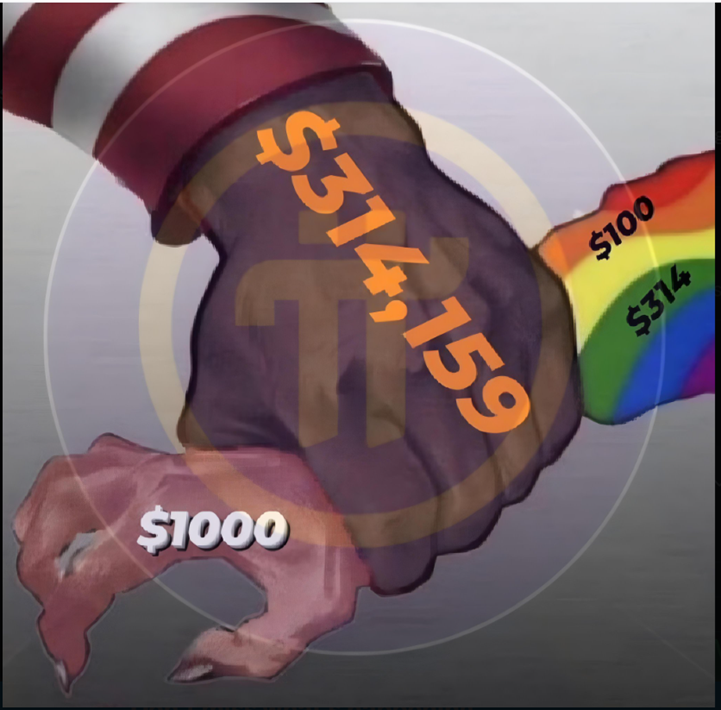
For holders of Pi.
Though I have been in the Philippine stock market since 2015, I am clueless about computing a particular stock's market cap. I fail to distinguish between total supply and circulating supply. The same principle applies to cryptocurrency.
I became curious about computing Pi’s market cap because of the ridiculous price forecast that has been circulating on social media such as Facebook and X. Not only that, but many accounts have recently been hyping Pi. Nicholas Kokkalis shared the above photo on Facebook. I doubt if that’s the real Nicholas or someone just using his name.
Pi is now getting a lot of attention due to the anticipated move of the network to the Open Mainnet by the end of this year. Examples of price forecasts are as follows:
$314,000.00
$31,400.00
$3,140.00
$314.00
$31.40
$3.14
$0.314
I consider the top four prices as impossible. The $31.40 prediction is closely connected to the price of Pi traded on coinmarketcap. Though the core team disclaims any connection to the Pi currently traded on the exchange, many people confuse that coin with the official Pi due to many similarities, such as the name, the whitepaper, and the website.

The above photo is another tweet on X showing that even a $1,000, $100, and $314 price forecast isn't acceptable.
In response to such a tweet, earlier yesterday, I shared this on X:
Even a $3.14 price of Pi is almost impossible. If that happened, it would mean Pi would replace ETH in second place regarding market cap.
Someone corrected me:
Currently, about 4.3B coins are in circulation, of which 80% are locked. Marketcap would be around 13B if the price is 3.14$, while ETH has a marketcap of 300B currently.
I replied:
If that's the case, then Pi would surpass ADA and will be next to TON.
If the guy is correct that 80% of 4.3B is locked, then the circulating supply will be around 860 million. If you multiply that by $3.14, you will come up with a market cap of 2.7B, which appears reasonable given the strong communities that support the Pi Network from three countries such as China, South Korea, and Vietnam. That would make Pi occupy the 33rd place in the top cryptocurrencies in the world, just next to POL (formerly MATIC).
However, computing Pi’s market cap isn’t easy due to several considerations:
How much Pi has been mined by pioneers so far? How about the locked Pi? Many pioneers have locked their Pi for longer durations. These Pi will not be included in the circulating supply. How about the 20% of the total supply allocated to the core team, which is $20 billion? Will it be locked? Or will it also be included in the circulating supply?
Raising the above questions made me realize that determining the exact circulating supply is challenging. We cannot identify it precisely until Pi is listed on official exchanges. The platforms I usually look to check numbers like this are CoinMarketCap and CoinGecko. I think I better wait until the day Pi is listed. Only then can we determine the exact circulating supply of Pi and consequently its market cap.
In short, in publishing this article, I just want to clarify misconceptions about Pi Network's market cap and price forecasts while highlighting the challenges of calculating the circulating supply.
Posted Using InLeo Alpha